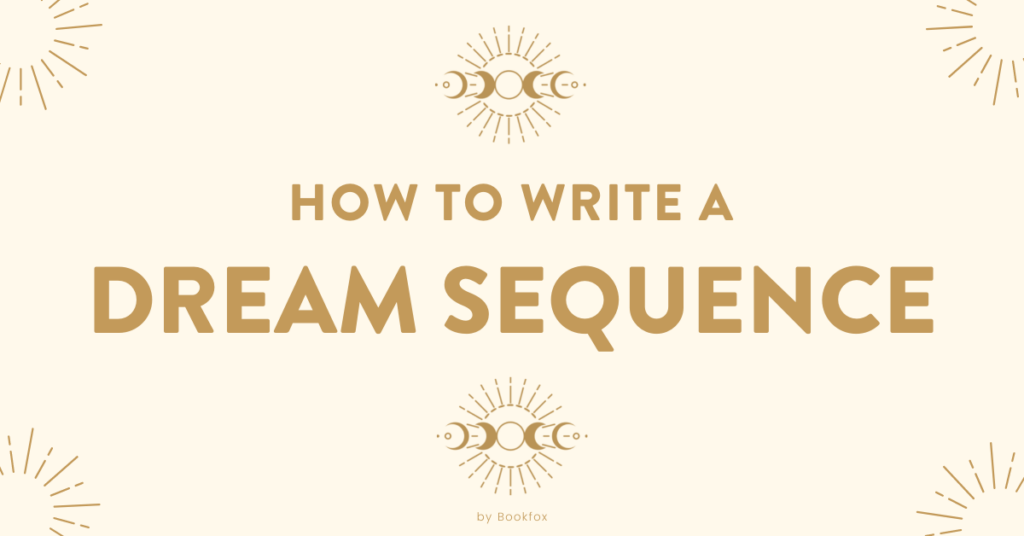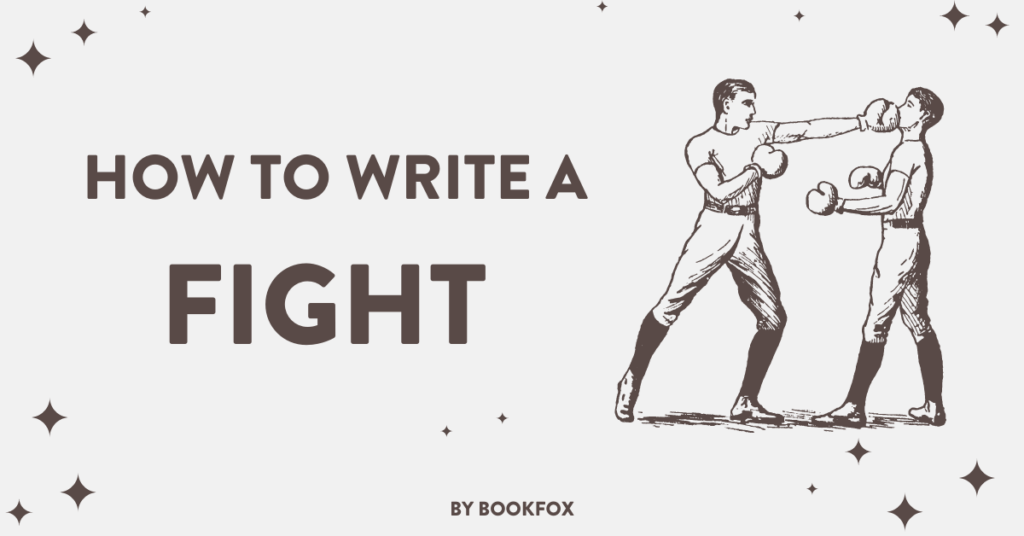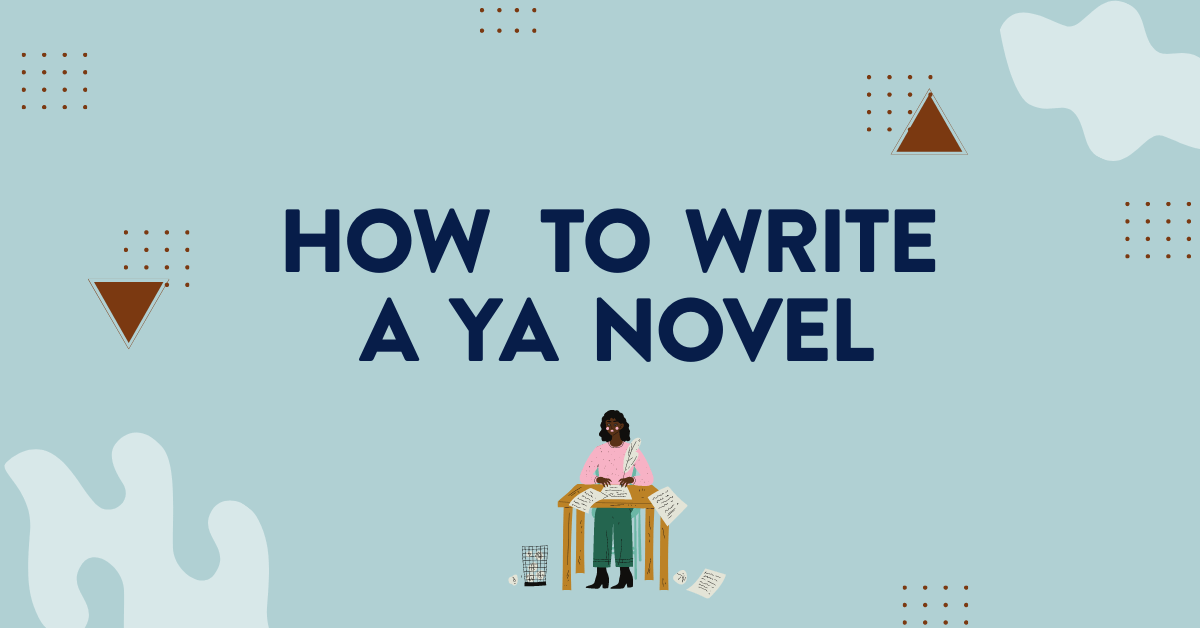 Young Adult novels, or YA, has been spiking in popularity.
Young Adult novels, or YA, has been spiking in popularity.
According to Publisher’s Weekly, sales of Young Adult novels rose by 18.6% between 2020 and 2021 despite the pandemic.
In addition to being an incredibly fun and innovative genre to write in, YA books can be easier to publish. Once published, they can be more lucrative, especially since YA books have a greater tendency to be optioned for TV and movies (just check out Netflix’s latest lineup).
There are many reasons to venture into writing YA but that doesn’t mean that the genre is simple or that writing a YA book is easy. Genre or subgenre, audience, and understanding just who (and what) young adults want should all be considered.
Here are the steps you should follow to make sure you are writing the best and most marketable YA book possible.
Step One: 8 Essential Elements of YA
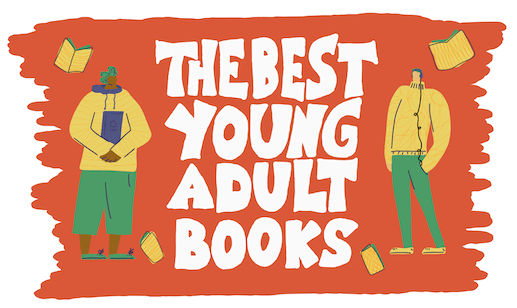 1. Teenage Protagonist
1. Teenage Protagonist
- YA books must have a teenage protagonist. The types of teenage protagonists in many ways parallel the issues teenagers face. These protagonists usually come in a few standard archetypes:
- The Outsider: This character plays by his or her own rules. Authority figures just don’t like them, as in SE Hinton’s The Outsiders.
- Can’t Put My Finger On It, but There’s Just Something About This Kid: This archetype spans many genres. Think the chosen one, like Harry Potter. This character has that certain something that makes them compelling or important.
- The Good Girl/Boy: These characters play by the rules (good grades, nice to authority, likable), are always kind. You just know their eyes are going to be opened very wide by the end, as with Desi in I Believe in a Thing Called Love.
- Everyboy/girl: This character fits in. This character doesn’t make waves. This character is relatable. Most of the time this character’s world comes crashing down and they have to fight back, to open their eyes as with Liesel from The Book Thief.
- Lost: This character trope has a tendency to wander. They work really well in stories where a journey might take place, like Maniac McGee in the novel of the same name.
2. A Supporting Cast of Teen Social Roles
- Your supporting cast, both flat and round, should reflect the rich landscape of characters that teenagers face. The emo-kid, the weeb, the flighty teacher who tries to be everyone’s friend and fails. These characters need to be dynamic, but they should mirror the landscape of people a teenager might meet in their everyday life.
- In Tomi Adeyemi’s series Children of Blood and Bone, Zelie, the protagonist is a responsible kid who is involved in many things. Amari is the sheltered kid. Oliamilekan is the kid who is worried about everything.
3. Typical Teen Troubles
- A YA book needs to present relatable but overwhelming problems (conflicts) that in some way connect to issues a teenager would face. Problems with authority or learning that the world is more complicated are great conflicts to drive the plot.
- This is shown well in Chbosky’s The Perks of Being a Wallflower when Charlie’s eyes are opened to the problems high school students face.
4. Coming-of-Age Themes
- Usually there is some sort of coming-of-age theme at the heart of a YA story. Your teenage protagonist should in some way learn lessons designed to help them mature.
- We see this in any number of YA books from The Outsiders, where teenagers wonder at their place in the world to A Fault in our Stars, with lessons about the complexities of love.
5. YA Settings
- In YA books, setting plays an important role. Dropping your teenage protagonist down in an unfamiliar place can cause unique-to-teenager conflicts like making new friends and fitting in. While YA books can take place anywhere, it’s important that your setting is also a part of their teenage identity.
- We Were Liars by E. Lockhart takes place on an island off of Massachusetts where the vivid descriptions of the island are important to the story and the island itself drives the teen experience.
6. Summary Dialogue is Your Friend:
- Snappy back and forth conversation looks a lot better on paper and it can make for a faster read. YA readers love dialogue that moves. Whenever long explanations or sustained blocks of conversation are necessary, try to use summary dialogue. Say something like, “We talked out our relationship for a while, how we hurt each other, why we were even together.”
7. Less Sex and Language:
- Recently it has become more acceptable for characters in YA to be put in sexual situations, and they can at times use vulgar language. It is assumed that the sex and crass language is not as explicit as something in a novel meant for adults.
- This is done very well in Brendan Keily’s first novel The Gospel of Winter, which deals with a boy who has been abused by a priest. Details are important but parceled out so that the story does not become overpowering.
8. The Teen Experience:
- Whatever YA genre you’re writing, make sure there are parallels between elements such as, motifs, even conflict and setting, and the teen experience.
- For instance, the segmented society in Divergent can be seen as a parallel to cliques in a teenager’s life, and many aspects of Harry Potter’s Hogwarts experience, such as school exams, relationships with friends (and enemies), and grade levels mirror the actual high school experience.
Step Two: Select Your Genre
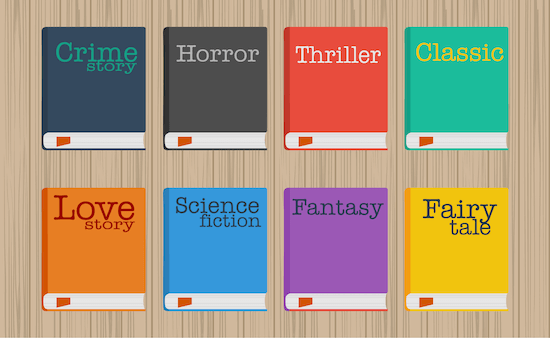 Genres and subgenres have become very important to agents and editors in the last few years. I’ve spoken with many agents recently, and most of them are interested in precisely pinning down a story’s subgenre so it can be used as a marketing tool.
Genres and subgenres have become very important to agents and editors in the last few years. I’ve spoken with many agents recently, and most of them are interested in precisely pinning down a story’s subgenre so it can be used as a marketing tool.
1. Contemporary Real World: Contemporary YA books deal with real-world issues that any modern teenager could face. Take John Green’s The Fault in Our Stars, a love story between two teenagers who are battling cancer. In a contemporary YA story, you will find a pretty overwhelming (but realistic) problem and a coming of age moment that goes hand-in-hand with that problem.
A subgenre of contemporary real world YA is contemporary social justice like The Hate U Give by Angie Thomas. These books are becoming increasingly popular. YA social justice books take issues that we see on the news everyday and humanize them when a reader sees these issues from a teenager’s more vulnerable perspective.
2. Speculative: There are many subgenres under this umbrella, like YA fantasy and YA science fiction. In the case of both genres and all other subgenres of speculative YA, the teenagers are the same as those you would find in the real world, but the world is different.
When writing something like YA fantasy, you want to showcase how your protagonist straddles the fantasy world and the teen experience. While science fiction meant for adults can get really stuck in technical explanations, this is much less necessary in YA sci-fi.
3. Dystopian: You could definitely file this genre under speculative, but dystopian fiction speaks especially to a YA audience. Teenagers feel (more so than adults) that they are living in some sort of dystopia. They live in a world where they have little control, where the rules seem arbitrary and they never have any power. From books like the Divergent series that were published relatively recently to YA classics like The Giver, dystopian YA has a loyal base.
4. Historical: Historical YA books explore times in history with a teenage bent. When writing historical YA, examine the history in relatable ways that help draw parallels between the history and the modern world. In Melissa de la Cruz’s Alex and Eliza, Alexander Hamilton’s marriage to Eliza Schuler is front and center since that is something a teenager can relate to.
Step Three: Follow these 6 YA Tips
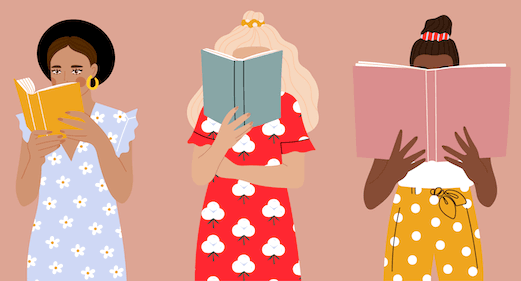 1. Not Just for Kids: As is evident by how popular series like Twilight and Harry Potter were, and the recent popularity of books like The Hate U Give, that teenagers are not the only readers of YA. Still everyone who reads YA is expecting to be transported to that young adult world. Teens are trying to see themselves sin YA characters while adults are communing with the teen experience. Straddle the line between catering to modern teenagers and writing a book that is timeless enough to withstand the fads.
1. Not Just for Kids: As is evident by how popular series like Twilight and Harry Potter were, and the recent popularity of books like The Hate U Give, that teenagers are not the only readers of YA. Still everyone who reads YA is expecting to be transported to that young adult world. Teens are trying to see themselves sin YA characters while adults are communing with the teen experience. Straddle the line between catering to modern teenagers and writing a book that is timeless enough to withstand the fads.
2. Consider the Lingo: You don’t want to write your dialogue in teenage dialect that no adult (or future teenager) would understand. Still, there are certain mannerisms unique to teens that should be reflected in the way your characters talk. Teens blow-ups at authority figures. They use slang. Just don’t seem like you’re trying too hard.
3. What About that Technobabble?: It’s important to remember how important technology is to teenagers. They are on their phones as often as they are permitted, and they know ways around the internet that many adults couldn’t fathom. Once I wrote a teenage character in a short story who loved Facebook, only to be told by a few teens that no one their age wants anything to do with Facebook. Stay current when it comes to the role of tech in your teenagers’ lives.
4. ‘But They’re Mature for Their Age’ Only Works Once: When writing your protagonist it’s important to remember that YA writing is not adult writing with teenagers, it’s writing teenagers. Yes, teenager’s can be mature for their age but “they’re mature for their age” can be used way too often to justify writing adults in teenage clothing. And even the most mature teenager acts out or has the kinds of self esteem issues that are specific to the teenage experience.
5. Don’t Let the World of Adults Tempt You: It’s easy to write what you know, or to start highlighting people your own age. It can be tempting to highlight the accomplishments of adults even when you have a teenage protagonist, but try not to succumb to that. It’s a slippery slope from writing a convincingly powerful mother figure to accidentally making her the center of your story.
6. Temper the Hard Stuff: It’s a challenge to consider what kids can and can’t handle when it comes to hot button issues or tough life events. The death of a friend or family member, or something really personal or political, like sexual assault or police brutality need to be handled carefully. There are times when you’ll want to temper a scene, zooming out where a more adult book might ask a reader to sit inside of an uncomfortable scene. YA readers like that these books touch on tough topics but they also like that they don’t force too much on them.
Step Four: Avoid Common YA Mistakes
 Thinking it will be easy: YA fiction can be more simple and the books can be shorter. You still have to put the same work into a YA book as you would any other book.
Thinking it will be easy: YA fiction can be more simple and the books can be shorter. You still have to put the same work into a YA book as you would any other book.
- Not Understanding Teenagers: It bears repeating that teenagers are not miniature adults and you shouldn’t consider your YA book, “an adult book with kids.” It will feel inauthentic.
- Trying Too Hard: We have all met the adult who tries too hard with the younger crowd, whether they try to talk their slang or they dress too young for their age. Don’t be the writer equivalent to this.
- Not Paying Attention to Your Audience: Just as teenagers are fickle with just about everything in their lives they are the same with fiction.
- Going Over the Reader’s Head…or Dumbing Things Down Too Much: Yes, YA deals with hard issues, but it would be pretty boring to get a physics or philosophy lecture in the middle of a YA book. That being said, teenagers are smart, so don’t treat them like they’re dumb by refusing to discuss any serious issue with them.
- Check out this Bookfox post about 5 other crucial mistakes to avoid when writing YA fiction.
Step Five: What Publishers, Editors, & Agents Look For
 1. Bigger Audience: Agents are looking for books that are going to grab a large audience – fast (here’s a list of 41 YA agents you can submit to). Agents and editors have their eyes on the prize, the next bestseller. There’s much less room to move when it comes to the expectations of sales figures. The publishing word is looking for big mystery, compelling characters and that certain something that is going to translate into sales.
1. Bigger Audience: Agents are looking for books that are going to grab a large audience – fast (here’s a list of 41 YA agents you can submit to). Agents and editors have their eyes on the prize, the next bestseller. There’s much less room to move when it comes to the expectations of sales figures. The publishing word is looking for big mystery, compelling characters and that certain something that is going to translate into sales.
2. They Translate Well onto the Big and Small Screen: The rise of so many streaming services and the countless book to film contracts they’re entered into has perpetuated this. A publisher is going to look at how well a YA novel will translate onto the big screen. They are looking for cinematic settings that will be powerful on screen. Dramatic plot arcs that translate into emotional character development also do well.
3. A Wider Lens: In the last three years YA publishers have opened their lists to many more authors of color, LBGTQ+ and neurodiverse people. They are looking to tell stories about more than one or two kinds of teen. There is room for more ambiguity when it comes to YA characters.
4. Shorter, Simpler: YA publishers tend to appreciate a short read. YA editors are looking for books around 80,000 words (the average length is 73,000) Much longer and you start to get thrown out of the mix based solely on length.
5. Don’t Pack All Your Research into Your Book: Research is important when you’re writing anything but that doesn’t mean it needs to be quoted outright. While facts and information can help a story, in YA, editors are less interested in getting all the information. Editors want to see that you’ve plunged into your story. They want you to hit the ground running.
6. Have an Eye For the International: YA editors are looking to sell your book – everywhere. Yes, your book can take place in America and your characters can be American, but that doesn’t mean they need to eat hot dogs with every meal or say “like” all the time. Your setting can be of a place, but your characters should be more versatile to appeal to more overseas markets.
7. Driven by Trends: YA publishers pay particular attention to trends, especially when it comes to certain genres. One year, vampires might be in and zombies out, and the next year it might switch. That doesn’t mean that YA books care only about trends, but you need to pay attention to them. Stay on top of trends especially when you’re shopping your book.
8. Publicity: Editors and agents will expect you to work with them when it comes to getting publicity. They are looking for people with a social media presence, Twitter, Instagram, TikTok maybe. That being said, there are many media outlets for YA novels and publishers know this as well. YA focused book bloggers abound and a publisher will know how to help a good YA writer navigate this world.
Frequently Asked Questions:
 What is the right age for characters in YA? Usually between 14 and 19 years old. Younger teens want to see themselves in the books they read, but they also enjoy looking up to older characters. Adults also relate better to older teens. The sweet spot for most is between 15 and 17.
What is the right age for characters in YA? Usually between 14 and 19 years old. Younger teens want to see themselves in the books they read, but they also enjoy looking up to older characters. Adults also relate better to older teens. The sweet spot for most is between 15 and 17. - How do I make my teenage protagonist look and feel real? Think about the timely aspects of a teenager’s character, like their connection to technology. Also create a timeless character. Issues with authority, problems fitting in, falling in love (or believing you’ve fallen in love), wanting to grow up are all universal teenage issues that have withstood the test of time.
- What kind of research should I do? The kind of research that you’d do for any other book will suffice for a YA book. Read up on the subject matter, read some fiction with a YA bent that deals with the subject in a similar way, and maybe even talk to a few teenagers. What you don’t need to do is go undercover as a teenager or get a job working with teens for a little while to figure out how they act.
- How Can I Show the Typical Teenager Without Stereotyping? Some archetypes are tried and true, others not so much. You definitely want to stay away from stereotyping any group, especially a group you don’t belong to. At the same time, authentic characters shine through. Consider what is universal, a character who is a jock, but flip something about the stereotype on its head — like a jock who hates sports and only plays them because his mom wants him to.
- What Voice/POV is Typical of YA? YA tends to be written in the first person and in the past tense. This provides closeness and mystery. The first person is friendly and relaxed but at the same time allows for a closeness that draws a YA reader in.
There is a lot to think about when it comes to writing a YA book. It’s important to understand that just because there are aspects of YA writing that may seem simpler at first glance, getting inside the mind of a teenager can be challenging, and more than anything a YA reader, like an adult reader, wants to feel that they are reading a genuine character.
It’s all about authenticity and believably, which is a hallmark of all good writing. YA writing takes time and effort to master, but it can also be an incredibly rewarding genre in which to write.
